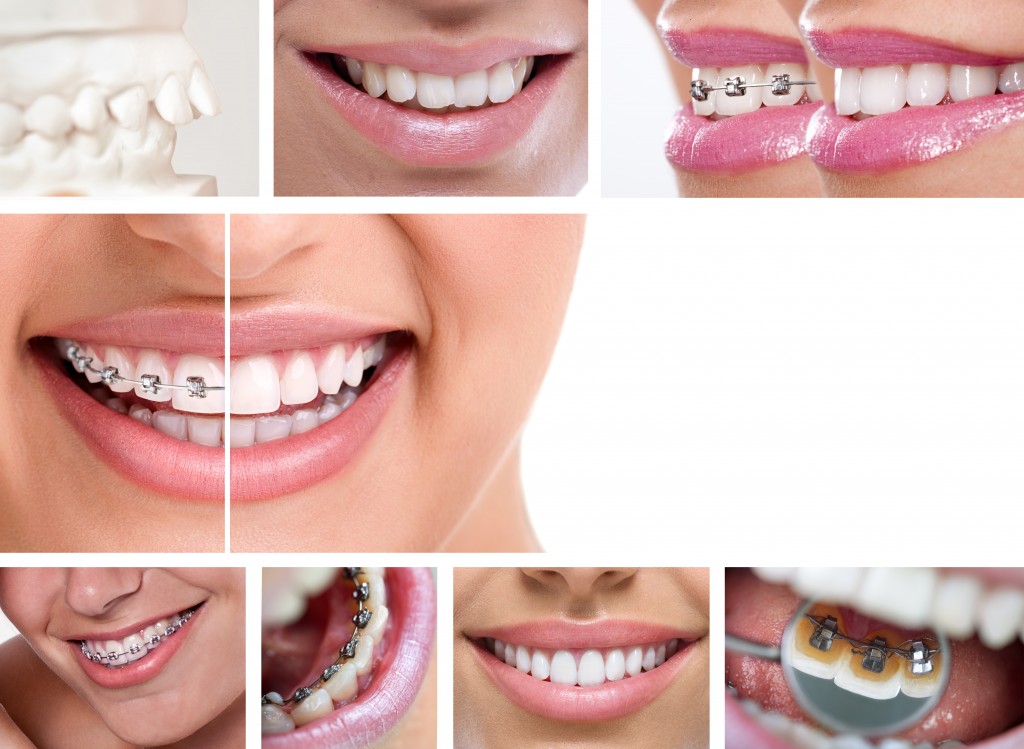People with orthodontic problems will benefit from having braces installed at any age, but experts advise that the most ideal time to do so is during the teenage years. When a child is about 10 to 14 years old, the mouth and head are still growing but the teeth will be more responsive to straightening and alignment procedures.
During one’s first visit to the orthodontic clinic, the dentist will conduct a series of tests to see the status of the teeth underneath the gums so he or she can determine the best way to correct problems. This is also when the dentist asks the help of an orthodontic laboratory to create braces that fit the patient’s mouth perfectly.
Why do people need braces in the first place? There are two main reasons: 1) to improve one’s physical appearance and 2) to provide relief by correcting jaw positioning and disorders. Orthodontic treatments have proven to be very helpful in addressing issues such as overbites, under bites, crowded or crooked teeth, jaw misalignment, and other related concerns.
Determining the right type of braces to wear is both a practical and aesthetic consideration. Teens, in particular, can find it traumatic to be wearing dental appliances during their formative years. That said, parents should discuss the matter with their children before this procedure is done. Fortunately, there are plenty of options that are not as conspicuous and head-turning as the ones we have seen in the movies. Thanks to modern technology, there are several ways to correct orthodontic problems, depending on the severity.
Bracket Braces
Brackets are the most popular conventional method of applying braces. They are made of small brackets of titanium, stainless steel, or ceramic material—and can also come in different colors. The most economical choice is the stainless steel one.
Wire Braces
Wires, usually made of stainless steel or titanium alloy, pull the teeth so they can align properly. The fixed edgewise system is the most common option and involves small bands or wire ties that keep the teeth in line. Like brackets, you can have them in your color of choice for styling purposes, though it could be more expensive.
Clear Aligners
Similar to mouth guards, clear aligners are made of clear plastic molds that aim to straighten teeth without making it so obvious to others. This procedure requires several visits to the orthodontist because the appliance will need to be changed and adjusted every few weeks or so, depending on how your mouth responds. It also requires greater diligence in terms of care.
However, most teens prefer this method because of how it looks. In addition, they can be removed when cleaning the teeth, eating, or when you need to attend a special event.
Short-Term Braces
This type of braces fixes problems in the short-term. Typically designed for the so-called “social six,” or the six front teeth that appear when one smiles, this is offered by general dentists more than orthodontists. These usually last about six months only and fixes minor straightening issues. It is not meant to fix bite problems, but some skilled dentists are able to pull both off.
Lingual Braces

Lingual braces, like Harmony or Incognito, are the most non-obtrusive type because they are attached to the teeth’s inside surfaces. They can be pricier and can take more work and time to complete, but nobody will really notice you have them. The downside is that it’s harder to maintain and may affect speech (at least until you get used to them) or irritate the tongue.
A visit to the dental practice will help you learn about your options but the final choice will depend on what type of problem you want to correct. The dentist will be able to recommend different procedures and durations that your teen can agree to.
